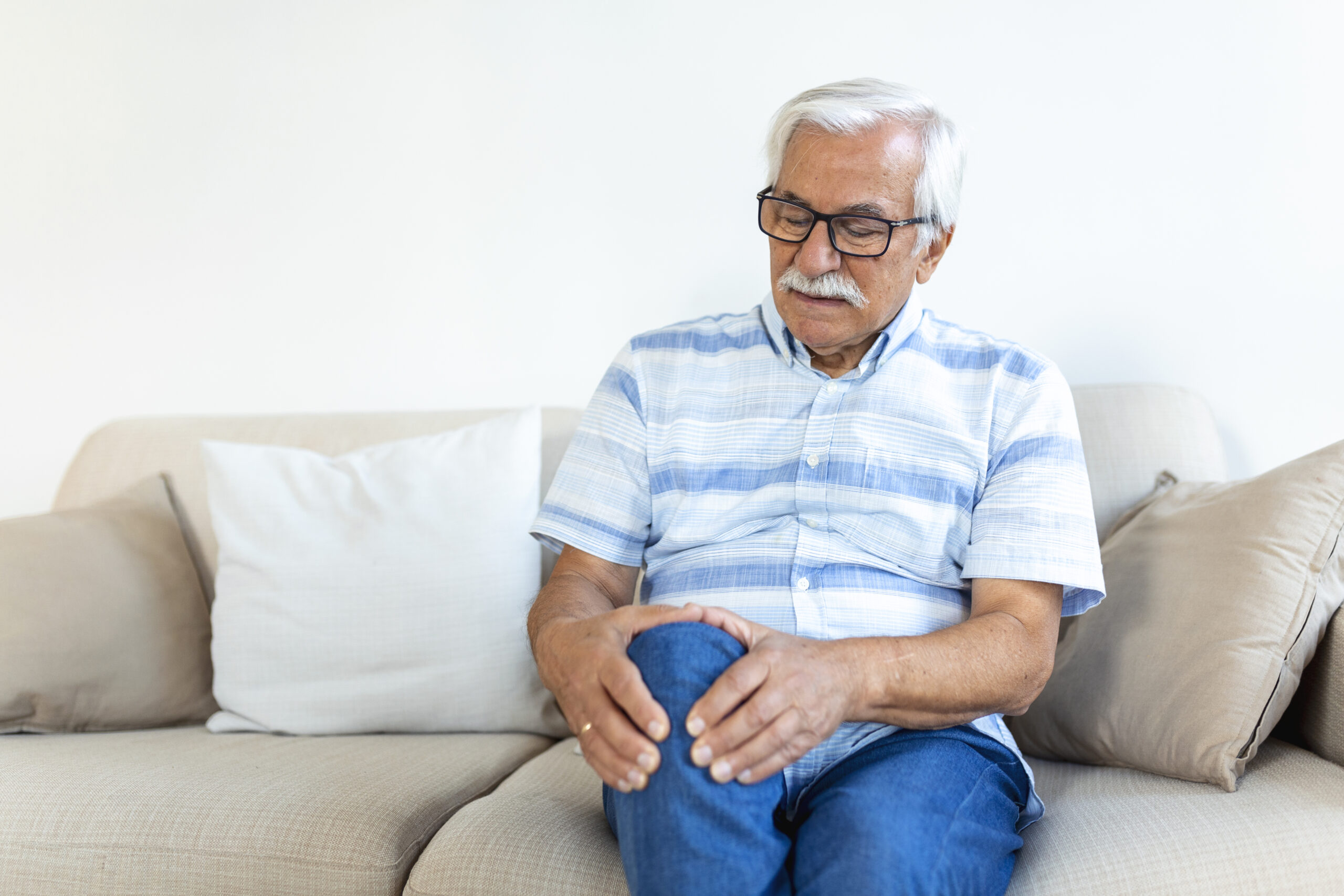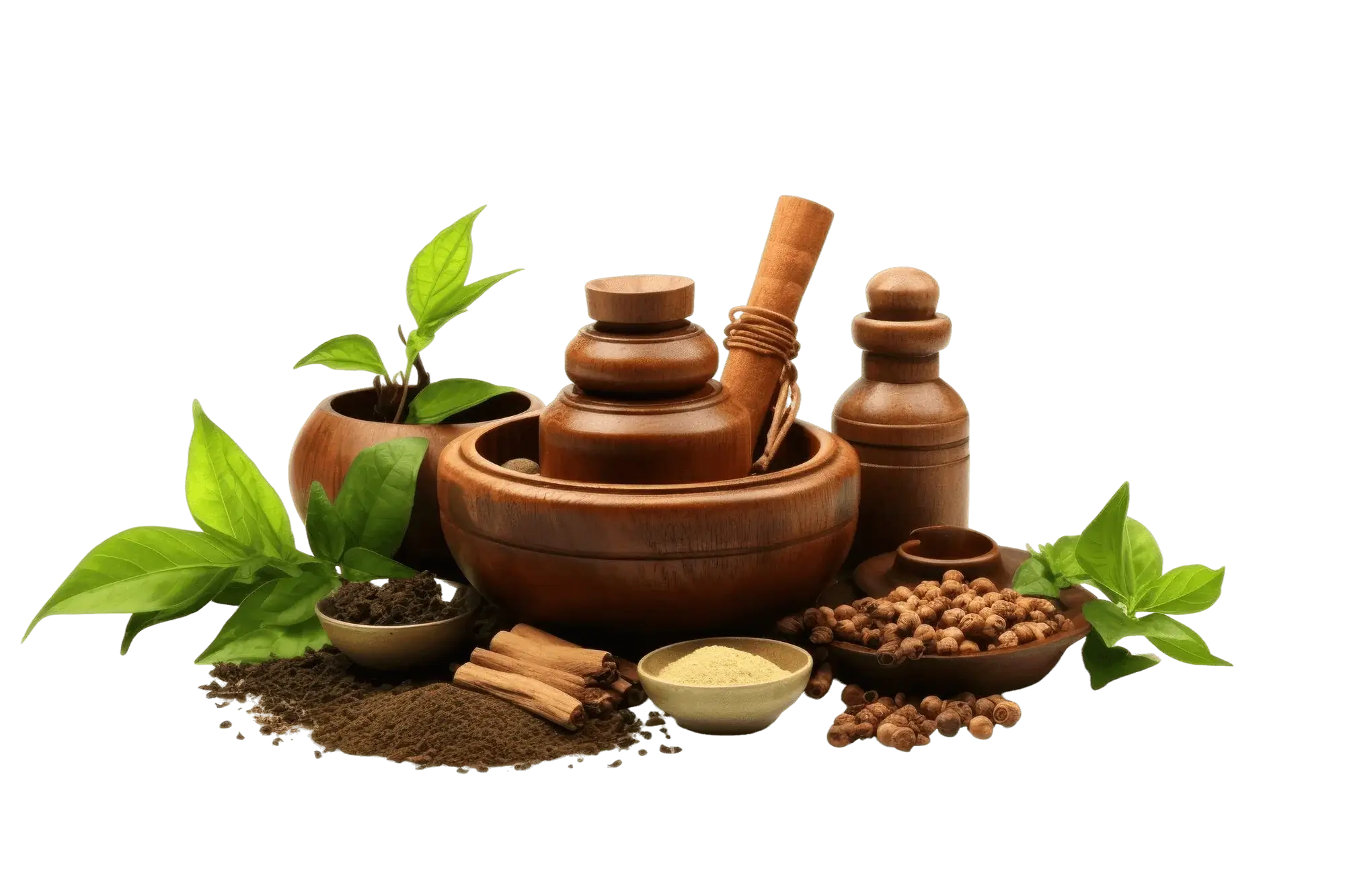Osteoarthritis (OA) is one of the most prevalent and debilitating forms of arthritis, affecting millions of individuals worldwide. It is often seen as an age-related condition, but it can also result from joint injuries, repetitive strain, or genetic factors. At Elaa Ayurveda and Rehab, we integrate Physiotherapy with Ayurvedic healing principles, offering patients a holistic, non-invasive approach to manage osteoarthritis effectively and sustainably.
This guide provides a detailed look into what osteoarthritis is, how it’s diagnosed, and how the holistic treatments offered at Elaa Ayurveda and Rehab can help alleviate the symptoms of OA and improve quality of life.
What is Osteoarthritis?
Osteoarthritis is a progressive, degenerative joint disease that affects the cartilage—the cushioning material between joints. In OA, this cartilage gradually wears away, leading to joint pain, stiffness, inflammation, and in severe cases, complete loss of joint function. OA typically affects the knees, hips, spine, and hands, with the knees being one of the most common areas impacted.
Unlike other types of arthritis, OA doesn’t involve an overactive immune system; it’s primarily caused by wear and tear on the joints over time. The condition tends to worsen gradually, leading to more severe symptoms as the cartilage continues to deteriorate.
Types of Osteoarthritis
Osteoarthritis can be categorized into two main types:
- Primary Osteoarthritis (Idiopathic):
This type occurs without any clear cause, typically due to natural aging processes. As people grow older, the cartilage in their joints wears down, leading to OA symptoms. - Secondary Osteoarthritis:
This type develops due to an underlying condition or injury. For instance, joint injuries (like fractures or ligament tears), obesity, or metabolic disorders can increase the likelihood of secondary OA.
How Common is Osteoarthritis?
Osteoarthritis is incredibly common and can affect individuals of all ages, but it is most often seen in adults over 50. The Global Burden of Disease Study suggests that more than 300 million people worldwide are affected by OA, with a higher prevalence among women, especially after menopause.
In India, knee osteoarthritis is widespread, and its frequency is expected to increase due to factors like a sedentary lifestyle and a growing aging population. Early intervention and a holistic treatment approach can help prevent further joint damage.
Symptoms and Causes of Osteoarthritis
What Are the Symptoms of Osteoarthritis?
The symptoms of osteoarthritis vary in intensity and can impact an individual’s ability to perform daily activities. Common signs include:
- Joint pain: The pain often worsens after activity or toward the end of the day.
- Stiffness: Morning stiffness or stiffness after prolonged inactivity is common.
- Swelling and Inflammation: This may be noticeable around the affected joint.
- Reduced Mobility: Limited movement or difficulty performing tasks such as walking, standing, or climbing stairs.
- Grating or Cracking Sensation: You may feel a grinding sensation or hear a popping sound as the bones rub together.
- Bone Spurs: These bony growths can develop around the joints and cause discomfort.
What Causes Osteoarthritis?
The primary causes of osteoarthritis include:
- Age: As we age, the cartilage naturally breaks down, leading to OA.
- Joint Injury: Previous injuries, like torn cartilage or ligament damage, can increase the risk of developing OA.
- Obesity: Extra weight places additional stress on weight-bearing joints such as the knees and hips.
- Genetics: A family history of osteoarthritis can increase the likelihood of developing the condition.
- Repetitive Stress: Occupations or sports activities that place repetitive strain on joints can lead to OA over time.
Risk Factors for Osteoarthritis
Several factors can increase your risk of developing osteoarthritis, including:
- Age over 50: The risk increases as cartilage naturally wears down.
- Gender: Women are more likely to develop osteoarthritis, particularly after menopause.
- Obesity: Extra weight can put undue stress on joints, particularly in the lower body.
- Genetics: A family history of arthritis or joint issues can predispose you to OA.
- Joint Injuries: Previous injuries or surgeries can accelerate the deterioration of the joint.

Diagnosis and Tests for Osteoarthritis
How is Osteoarthritis Diagnosed?
At Elaa Ayurveda and Rehab, osteoarthritis diagnosis is based on a comprehensive evaluation that includes a detailed physical examination, medical history review, and joint mobility testing. The goal is to identify the severity of the disease and tailor a personalized treatment plan.
Our specialists look for signs of joint damage, such as limited movement, tenderness, and swelling, while also considering the patient’s symptoms and lifestyle.
What Tests are Done to Diagnose Osteoarthritis?
To confirm the diagnosis and rule out other conditions, the following tests may be conducted:
- X-rays: X-rays can reveal the narrowing of joint spaces, bone spurs, and other visible changes associated with OA.
- MRI scans: An MRI may be recommended for more detailed images of the cartilage and surrounding soft tissues.
- Blood tests: These help rule out other forms of arthritis like rheumatoid arthritis, which can mimic OA symptoms.
- Joint fluid analysis: This test can check for signs of inflammation or infection in the joint.
Management and Treatment of Osteoarthritis
At Elaa Ayurveda and Rehab, we focus on providing natural, holistic solutions that combine modern physiotherapy with Ayurvedic treatments to improve joint function and alleviate pain.
1. Ayurvedic Treatment for Osteoarthritis
In Ayurveda, osteoarthritis is seen as a Vata dosha imbalance. Our treatments aim to balance the Vata dosha and rejuvenate the joints using a variety of time-tested therapies:
- Panchakarma Therapy: A deep detoxifying process that helps clear toxins from the body and reduces joint inflammation.
- Abhyanga (Ayurvedic Oil Massage): Warm herbal oils are used to massage the affected joints, promoting circulation, reducing stiffness, and easing pain.
- Janu Basti: A specialized Ayurvedic treatment focusing on the knees, where warm medicated oil is retained over the knee joint to reduce pain and inflammation.
- Herbal Formulations: We prescribe customized herbs like Ashwagandha, Shallaki (Boswellia), and Guggulu, known for their anti-inflammatory and joint-strengthening properties.
2. Role of Physiotherapy in Osteoarthritis (OA)
Physiotherapy plays a crucial role in restoring joint function and managing pain. At Elaa, our physiotherapists use targeted exercises and techniques to:
- Improve joint range of motion (ROM)
- Strengthen surrounding muscles to support the joint
- Reduce pain through modalities like heat therapy, TENS (Transcutaneous Electrical Nerve Stimulation), and ultrasound therapy
- Teach correct posture and ergonomics to reduce strain on joints during daily activities
3. Diet Recommendations for Osteoarthritis
Diet plays a pivotal role in managing OA. At Elaa Ayurveda and Rehab, we provide a personalized diet plan designed to:
- Reduce inflammation with anti-inflammatory foods like turmeric, ginger, and garlic
- Strengthen bones by incorporating calcium-rich foods such as leafy greens, sesame seeds, and dairy products
- Avoid foods that exacerbate Vata imbalance, such as cold, dry, or processed foods
How Can Osteoarthritis Be Prevented?
While osteoarthritis cannot always be prevented, certain lifestyle changes can significantly reduce your risk or slow its progression:
- Maintain a Healthy Weight: Less stress on joints means a reduced risk of OA.
- Engage in Low-Impact Exercise: Activities like swimming, yoga, and walking help keep joints flexible and strong.
- Eat a Joint-Healthy Diet: A diet rich in anti-inflammatory foods and bone-supporting nutrients helps maintain joint health.
- Proper Posture and Ergonomics: This reduces unnecessary strain on joints during daily activities.
Why Choose Elaa Ayurveda and Rehab for Osteoarthritis Treatment?
At Elaa Ayurveda and Rehab, we understand that each individual’s needs are unique. Our holistic treatment approach combines the best of Ayurvedic healing with modern physiotherapy, offering a comprehensive treatment plan for long-lasting relief from osteoarthritis.
Contact Us Today for Personalized Osteoarthritis Care
If you’re suffering from osteoarthritis and looking for a natural, sustainable treatment option, Elaa Ayurveda and Rehab is here to help. Our team of experts will guide you through every step of your recovery process, ensuring you live a pain-free, active life.
Combining classical Ayurvedic therapies with physiotherapy, Elaa focuses on treating the root cause of osteoarthritis and other chronic musculoskeletal conditions. With personalized care, expert supervision, and a calm healing environment, Elaa stands out as one of the top rehabilitation centres in India.



